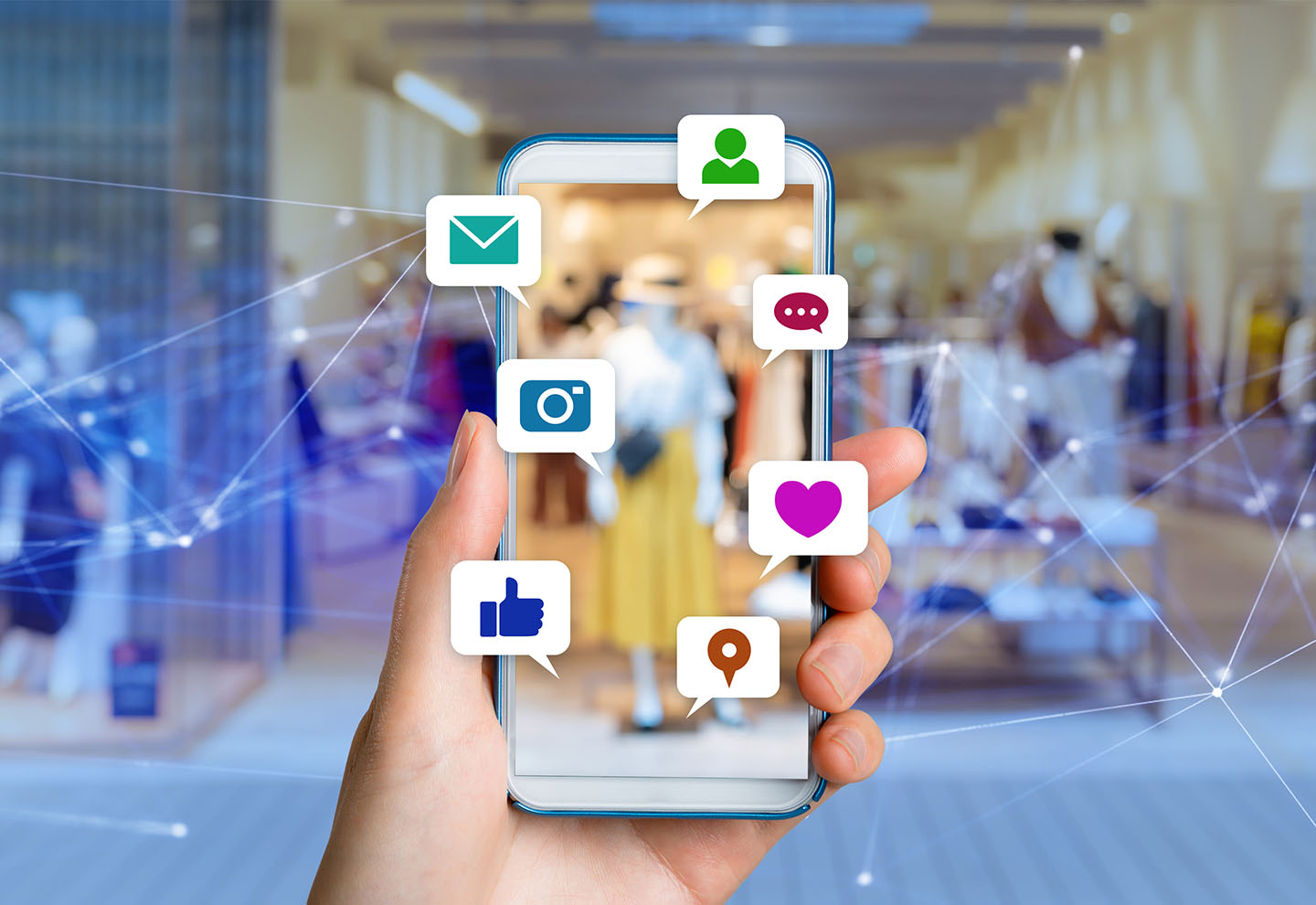The digital landscape has fundamentally transformed how we approach event marketing, creating unprecedented opportunities to extend the life and impact of carefully crafted event designs far beyond the physical venue. What once existed solely within the confines of a conference hall, trade show floor, or corporate gathering can now reach millions of potential customers through strategic social media repurposing.
Modern event design represents a significant investment in creative resources, time, and budget. The challenge facing event professionals today isn’t just creating compelling live experiences, but maximizing the return on that investment by intelligently repurposing design elements across multiple digital touchpoints. This approach doesn’t merely save money – it creates a cohesive brand experience that reinforces messaging and visual identity across every customer interaction point.
The psychology behind successful design repurposing lies in understanding how audiences consume content differently across various platforms while maintaining consistent brand recognition. When executed thoughtfully, repurposed event designs create a seamless narrative that guides potential customers from initial social media awareness through to actual event attendance and beyond.
Breaking Down Visual Components for Maximum Impact
Personalized exhibit design services solutions demonstrate how individual design elements can be systematically deconstructed and rebuilt for different social media applications. The key lies in identifying which components of your event design possess the strongest visual appeal and brand recognition value when separated from their original context.
Color palettes form the foundation of successful repurposing strategies. The specific color combinations developed for your event can be extracted and applied to Instagram story templates, LinkedIn carousel posts, Twitter header images, and Facebook event covers. This creates immediate brand recognition even when viewers encounter your content outside the original event context.
Typography choices made for event signage and materials translate beautifully into social media graphics. The fonts selected for maximum readability in large venue spaces often possess the bold, clean characteristics that perform well in small mobile screen formats. These typographic elements can be repurposed for quote graphics, announcement posts, and branded content templates that maintain design consistency across platforms.
Geometric patterns, logos, and iconography created for event materials serve as versatile building blocks for social media content creation. These elements can be scaled, recolored, and recombined to create endless variations of branded content without requiring additional design investment.
The modular approach to design repurposing involves treating each visual element as a flexible component that can be mixed and matched according to platform requirements and content objectives. This methodology ensures maximum flexibility while maintaining brand coherence across all touchpoints.
Strategic Platform Adaptation Techniques
Different social media platforms demand unique approaches to visual content, requiring strategic adaptation of event design elements rather than simple copy-and-paste application. Understanding these platform-specific requirements enables more effective repurposing that respects each platform’s unique user behavior patterns and technical specifications.
Instagram’s visual-first environment provides ideal opportunities for repurposing event photography, booth designs, and branded environmental graphics. The platform’s emphasis on aesthetic appeal means that carefully curated event visuals often perform exceptionally well when adapted for feed posts, stories, and reels. Event design elements can be reimagined as lifestyle content, behind-the-scenes glimpses, and inspirational posts that extend the event’s emotional impact.
LinkedIn’s professional focus makes it perfect for repurposing more formal event design elements such as presentation slides, infographics, and corporate branding materials. The platform’s audience appreciates detailed, informative content that demonstrates industry expertise and thought leadership. Event designs can be adapted into educational carousels, company update graphics, and professional networking content.
Facebook’s diverse user base and flexible content formats allow for comprehensive repurposing of virtually any event design element. The platform supports everything from simple image posts to complex video content, making it ideal for showcasing event design evolution, behind-the-scenes content, and community engagement materials.
Twitter’s fast-paced environment benefits from simplified, high-impact adaptations of event designs. Key visual elements can be distilled into header images, promotional graphics, and real-time event coverage materials that capture attention in crowded feeds.

Content Series Development from Single Events
The most successful repurposing strategies involve developing comprehensive content series that extract maximum value from single event investments. This approach transforms one-time event designs into ongoing marketing assets that continue generating engagement long after the physical event concludes.
Pre-event content series can utilize design elements to build anticipation and drive registration. Countdown graphics, speaker spotlights, agenda highlights, and behind-the-scenes preparation content all draw from the established event design language while serving specific marketing objectives. These materials create consistent touchpoints that guide potential attendees through the decision-making process.
During-event content leverages real-time photography, live design elements, and user-generated content to create authentic, engaging social media experiences. The key lies in having predetermined templates and design frameworks that allow for rapid content creation and publishing without compromising visual quality or brand consistency.
Post-event repurposing often provides the greatest long-term value, as event designs can be adapted into educational content, case studies, testimonials, and thought leadership materials. These adaptations extend the event’s impact by transforming attendance into ongoing brand engagement and community building.
Seasonal and recurring content opportunities emerge when event designs are viewed as reusable assets rather than one-time investments. Holiday greetings, industry announcements, company milestones, and regular communication can all incorporate elements from successful event designs, creating cost-effective content solutions that maintain professional quality standards.
Measuring Success and Optimizing Future Repurposing
Effective measurement strategies enable continuous improvement in design repurposing efforts, ensuring that future events are designed with social media adaptation in mind from the earliest planning stages. This data-driven approach maximizes both creative and financial returns on event design investments.
Engagement metrics across different platforms reveal which design elements resonate most strongly with various audience segments. High-performing visual components can be emphasized in future event designs, while less effective elements can be refined or eliminated. This iterative approach leads to increasingly successful repurposing strategies over time.
Cost-per-engagement calculations demonstrate the financial benefits of strategic repurposing compared to creating entirely new social media content for each campaign. These metrics provide concrete justification for investing in higher-quality event designs that can support extensive repurposing efforts.
Brand recognition studies can measure how effectively repurposed content maintains brand consistency and recognition across platforms. This information guides decisions about which design elements are most critical for maintaining brand identity in adapted formats.
Conversion tracking from social media to event registration or other desired actions provides the ultimate measure of repurposing success. This data connects creative decisions directly to business outcomes, enabling more strategic design investments in future events.
Conclusion
The strategic repurposing of event designs for social media represents a fundamental shift in how we approach event marketing investments. Rather than viewing event design as a single-use expense, forward-thinking organizations recognize these creative assets as the foundation for comprehensive digital marketing campaigns that extend far beyond the physical event boundaries.
Success in this endeavor requires understanding both the technical requirements of various social media platforms and the psychological principles that drive audience engagement across different digital environments. The most effective strategies treat event designs as modular systems of reusable components rather than fixed, single-purpose creations.
The financial and strategic benefits of systematic design repurposing continue to grow as social media platforms evolve and audience expectations for professional, branded content increase. Organizations that master these techniques position themselves for sustained competitive advantage in increasingly crowded digital marketplaces.
By implementing comprehensive repurposing strategies, event professionals can transform their design investments into powerful, long-lasting marketing assets that continue generating value long after the last attendee leaves the venue. This approach doesn’t just save money – it creates more cohesive, impactful brand experiences that drive meaningful business results across every customer touchpoint.
